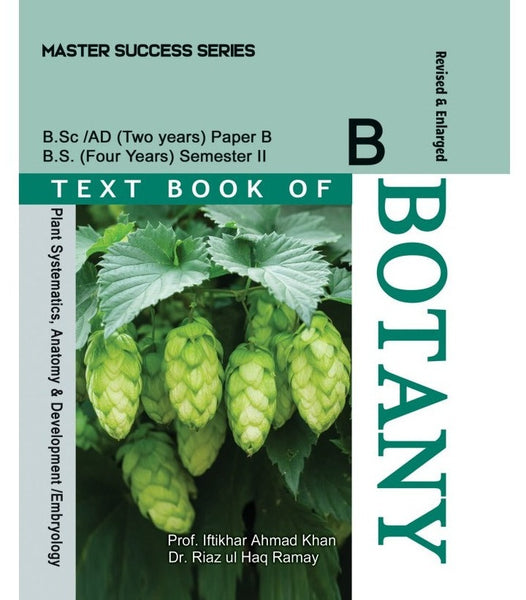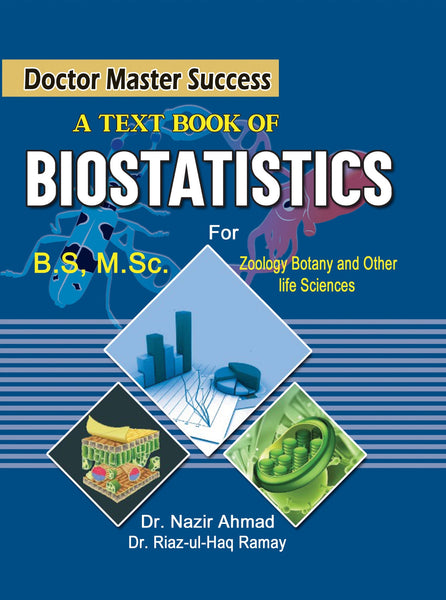Phylogenetics: Theory and Practice of Phylogenetic Systematics 2nd Edition
- Publisher: BOTANY
- Availability: In Stock
- SKU: 47574
- Number of Pages: 432
Rs.990.00
Rs.1,290.00
Tags: 2nd edition , best books , best books online , Best Price , Best Selling Books , Biological Classification , Bruce S Lieberman , buy online books , Cladistics , E O Wiley , Evolutionary Biology , Evolutionary Theory , Genetic Relationships , good books , ONLINE BOOKS , online books store , Online Bookshop , online bookstore , Phylogenetic Systematics , Phylogenetic Trees , Phylogenetics , Species Evolution. , Systematics , Taxonomy , Theory and Practice of Phylogenetic Systematics , Tree Reconstruction
Phylogenetics: Theory and Practice of Phylogenetic Systematics 2nd Edition
E. O. Wiley (Author), Bruce S. Lieberman (Author)
Quality: Black White Pakistan Print
Phylogenetics: Theory and Practice of Phylogenetic Systematics (2nd Edition) by E. O. Wiley and Bruce S. Lieberman is a comprehensive textbook that explores the principles and methodologies of phylogenetic systematics, a discipline at the core of evolutionary biology. The book provides a detailed examination of the theory and practice of phylogenetic analysis, from the conceptual foundations of evolutionary relationships to the methods used to reconstruct phylogenetic trees. This edition has been updated to reflect the latest advances in molecular techniques, computational methods, and software tools used in the field. It is designed to be both an academic resource and a practical guide for students and professionals in evolutionary biology, systematics, and comparative biology. The book includes numerous examples, case studies, and exercises that demonstrate the application of phylogenetic principles to real-world biological data, making it an indispensable resource for understanding evolutionary relationships.
Key Points:
-
Foundational Theory of Phylogenetic Systematics: Offers a deep dive into the theoretical aspects of phylogenetics, including key concepts such as homology, parsimony, and evolutionary models.
-
Detailed Methodologies: Explores various methods of phylogenetic analysis, such as cladistics, maximum likelihood, and Bayesian inference, providing the tools necessary for accurate tree reconstruction.
-
Integration of Molecular Data: Emphasizes the role of molecular data in modern phylogenetic studies, showcasing how genetic sequences and molecular markers enhance tree-building methods.
-
Comprehensive Case Studies: Provides real-world examples and case studies that illustrate how phylogenetic trees are constructed and interpreted in different biological contexts.
-
Updated Computational Tools: Includes the latest developments in computational phylogenetics, with information on popular software programs used for tree building, such as PAUP*, RAxML, and MrBayes.
-
In-depth Discussions on Tree Interpretation: Guides readers through the process of interpreting and evaluating phylogenetic trees, focusing on tree topology, branch support, and the implications for evolutionary theory.
-
Emphasis on Cladistics: Focuses on cladistic methods as the foundation of phylogenetic analysis, explaining how to identify clades and analyze shared derived characteristics (synapomorphies).
-
Practical Application for Systematic Studies: Bridges theory and practice by providing practical exercises and applications that prepare students and researchers to use phylogenetic methods in their work.
-
Comprehensive Resource for Evolutionary Biology: Serves as a comprehensive guide to evolutionary biology, helping readers understand the relationships among species and the evolutionary processes that shape biodiversity.
-
Updated with Modern Examples: Features updated examples and references that reflect the latest research and discoveries in phylogenetics, including insights into the ongoing evolution of the field.
Conclusion:
Phylogenetics: Theory and Practice of Phylogenetic Systematics (2nd Edition) is a vital resource for anyone studying or working in evolutionary biology, systematics, or comparative biology. With its thorough exploration of both the theoretical foundations and practical applications of phylogenetic analysis, this book serves as both a textbook and a reference guide. Its emphasis on the integration of molecular data and computational tools makes it particularly relevant for modern researchers, providing the knowledge and skills necessary to navigate the complexities of phylogenetic systematics.

























